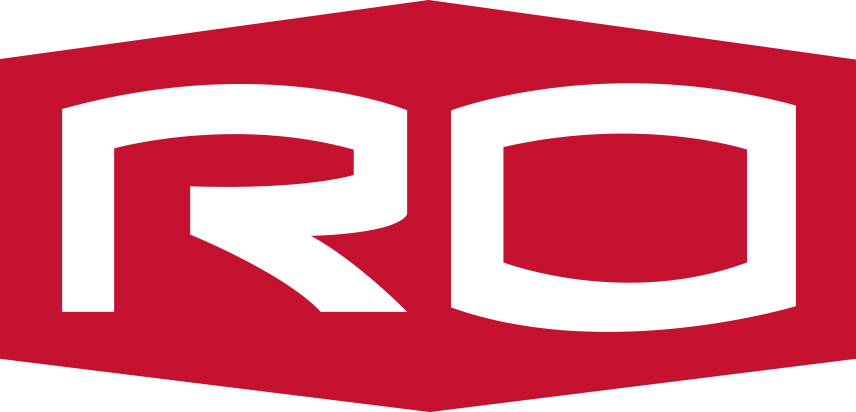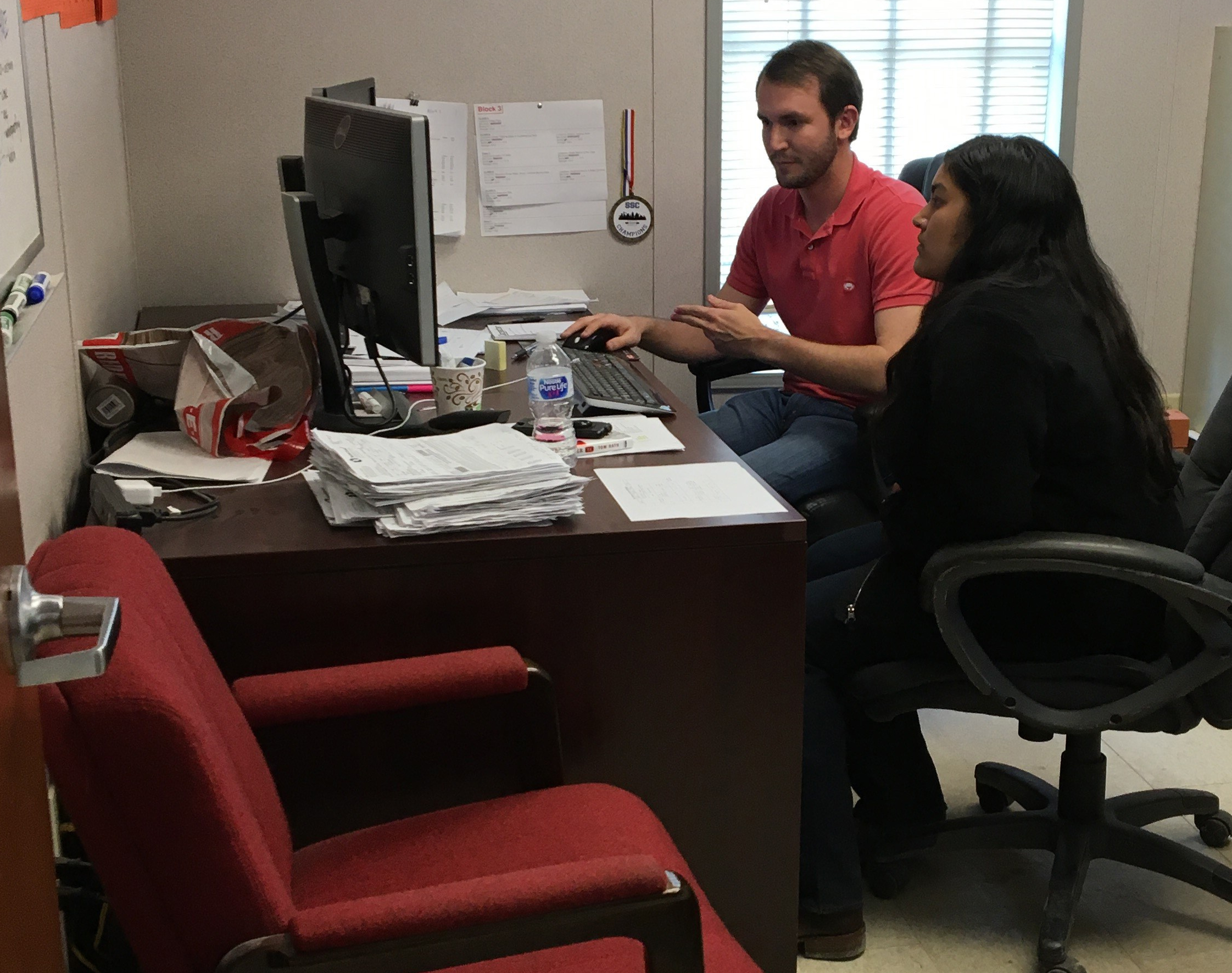An employer’s search for the next generation of leadership and talent can never start too early. That’s why offering job shadowing opportunities to interested youth can benefit everyone involved—from the participating youth who gain a new perspective about career possibilities, to the employer who has the opportunity to guide future skilled workers.
A job shadowing program can feature on-the-job learning and career development. During the program, employees mentor participants to help them learn more about a certain job, organization or industry.
In Austin, Rogers-O’Brien Construction hosts a summer job shadow program with students from the Ann Richards School for Young Women Leaders, an all-girls college preparatory public school of choice for students in grades 6 through 12.

Rogers-O’Brien Construction.
Rogers-O’Brien is a commercial construction company based out of Dallas. The Austin location began offering job shadow opportunities to Ann Richards students in 2015. It all started when the school invited the contractor to participate in their internship program for juniors, said Tara Hernandez, Assistant Project Manager at Rogers-O’Brien Construction.
From the beginning, Rogers-O’Brien recognized the value that job shadowing could provide: “Offering a job shadow helps to raise awareness of our industry,” said Tara. “You can have good people working for you when you find them early.”
How job shadowing can expand perspectives
Construction is often seen as an industry for men to work in. By offering job shadowing, Rogers-O’Brien can raise awareness about the professional opportunities women can find in this industry, said Tara.
“Anne Richards specifically is an all-girl school, and Rogers-O’Brien has many women in our operations department, so it’s fitting that we partner with an all-girls school to raise awareness of the industry and the opportunities that women have in it—in operations, leadership and more—in a historically male-dominated industry.”
Every year, Rogers-O’Brien employees help guide three students in exploring the work done in the office and on the job site over the course of one week.
“We have several departments, so we assigned two of the high school interns to two of our job site operations teams in town, and one with VDC (Virtual Design and Construction),” said Tara. “Our VDC division works with 3D modeling and other technologies such as drones to aid in the construction process. We apply this front-end technology to our projects to ‘build before you build.’”
The interns visited job sites to observe what goes on behind the safety fencing. First, the students completed a safety orientation with Rogers-O’Brien, the standard policy for anyone visiting their job sites, and their parents signed the accompanying paperwork. From there, they accompanied their mentors to ask questions and learn from a safe vantage point, according to Tara.

Photo courtesy of Rogers-O’Brien Construction.
A rewarding and valuable experience
At the end of their job shadow, the students hosted a presentation at Rogers-O’Brien to share their impressions of their experience for their capstone project.
“When they presented what they had done, they used one of the software programs we use daily to share pictures and stories of their experiences,” Tara said. “It was pretty neat to see.”
For Tara and other Rogers-O’Brien staff who participated in the job shadowing, the opportunity to share what they love about their work made this experience a valuable one.
“If the youth don’t have a parent in construction, then it’s not on their radar. It’s very rewarding to open their eyes to what goes into construction and the people behind it. Even if they do not choose to pursue a career in the construction industry, hopefully they can appreciate the buildings around them more,” said Tara.
Addressing concerns about job shadow programs
For employers, offering a job shadow program has many benefits, but it can be challenging.
“We did a weeklong commitment, and that can be a lot for the employees—you have your everyday work and the added element of explaining what you do and ensuring the students are engaged and learning,” Tara said.
Being flexible on the program’s length can help to make the experience a positive one for everyone involved: “If a week is a lot, then consider a one-day job shadow. You can hit all the high points in a short amount of time. If a weeklong program once a year won’t work, then consider multiple one-day events throughout the year,” Tara said.

Photo courtesy of Rogers-O’Brien Construction.
Another concern is safety, so it’s important for employers creating a job shadow program to determine how participating youth can observe work being completed and learn something without having to be directly in harm’s way.
“There are a lot of things we do on a daily basis to make sure our jobsites are safe for the workers. When they are safe for the workers, then they can be safe for visitors, even high school students,” Tara said.
Creating a job shadow program can be challenging, but careful and considerate planning can produce an inspiring experience for students.
With job shadows, employers can connect with future workers now
Employers seeking to fill positions do so in the here and now, but companies with job shadow programs can connect with future workers years in advance.
“You want to find them early,” Tara said. “Otherwise, by the time we are ready to retire there won’t be any replacements. For example, a plumber on my project told me that not enough young people want to be plumbers, but it’s a necessary position in the construction as well as maintenance of a building. You must connect with young people now to inspire them to join your industry later.”
